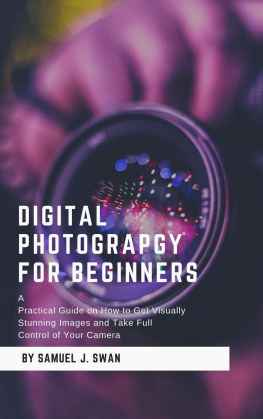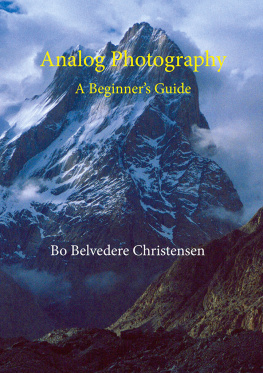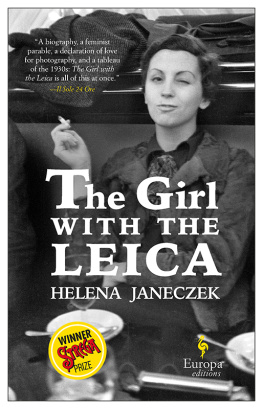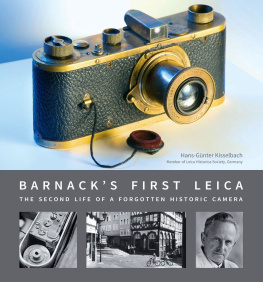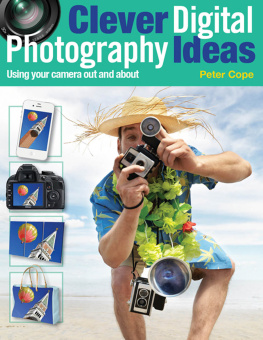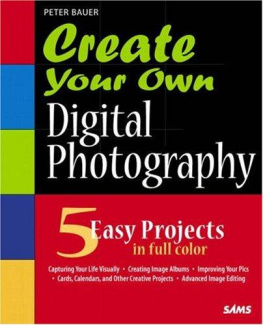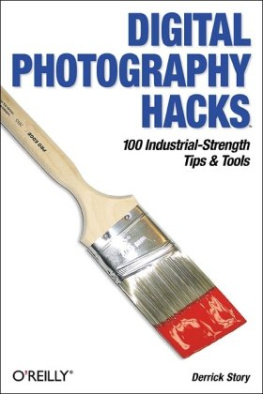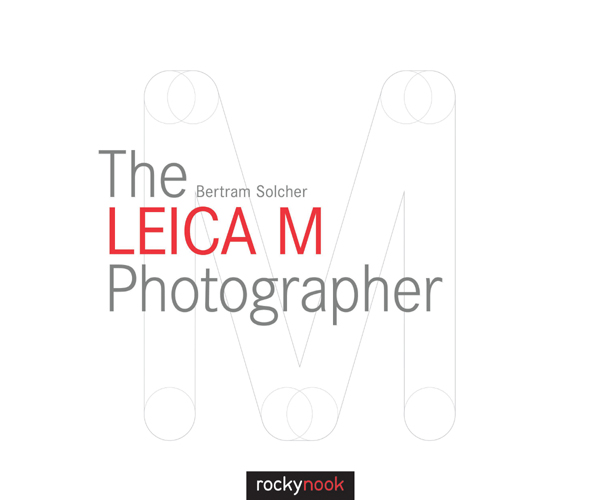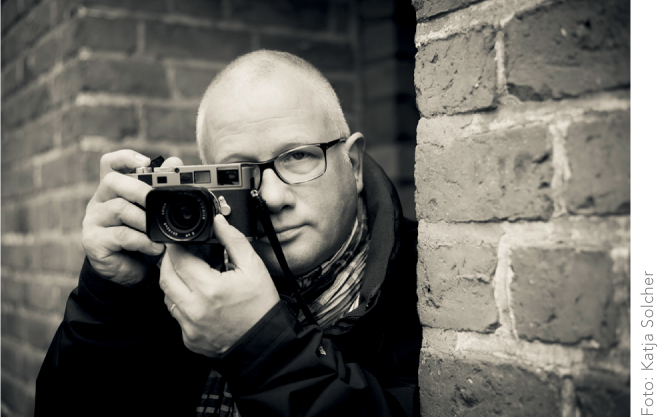While studying medicine, Bertram Solcher worked as freelance photojournalist for regional and national newspapers, as well as national and international magazines. For the last 10 years he has worked in public relations and corporate photography, with a focus on medicine and science. While Solcher uses DSLR cameras for his commercial work, he uses the Leica M for projects that involve photographing people because the camera enables him to merge into the environment, allowing him to capture a very honest sense of reality in his images.
Solcher has been an enthusiastic Leica M photographer for the last 35 years, and has worked with almost all Leica M models, both analog and digital. He is an appointed member of the German Society for Photography, and has been an actively involved board member of the Freelens photographers association. His current photography project, called German Angst, is sponsored by a grant from the VG Bild-Kunst association.
The LEICA M Photographer
Photographing with Leicas Legendary Rangefinder Cameras
Bertram Solcher
Editor: Joan Dixon
Copyeditor: Vanessa McVay
Layout: Cora Banek, www.artepictura.de
Cover Design: Helmut Kraus, www.exclam.de
Printed in China
ISBN: 978-1-937538-62-0
1st Edition 2015
2015 Bertram Solcher
Rocky Nook, Inc.
802 E. Cota Street, 3rd Floor
Santa Barbara, CA 93103
Copyright 2015 by dpunkt.verlag GmbH, Heidelberg, Germany. Title of the German original: Der Leica M Fotograf
German ISBN: 978-3-86490-204-8
Translation Copyright 2015 by Rocky Nook. All rights reserved.
www.rockynook.com
Library of Congress Cataloging-in-Publication Data
Solcher, Bertram.
The Leica M photographer : photographing with Leicas legendary rangefinder cameras / Bertram Solcher. -- 1st edition.
pages cm
ISBN 978-1-937538-62-0 (hardbound : alk. paper)
1. Leica camera. 2. Cameras. 3. Photography. I. Title.
TR263.L4S65 2015 771.3--dc23
2014045156
All rights reserved. No part of the material protected by this copyright notice may be reproduced or utilized in any form, electronic or mechanical, including photocopying, recording, or by any information storage and retrieval system, without written permission of the publisher.
Many of the designations in this book used by manufacturers and sellers to distinguish their products are claimed as trademarks of their respective companies. Where those designations appear in this book, and Rocky Nook was aware of a trademark claim, the designations have been printed in caps or initial caps. All product names and services identified throughout this book are used in editorial fashion only and for the benefit of such companies with no intention of infringement of the trademark. They are not intended to convey endorsement or other affiliation with this book.
While reasonable care has been exercised in the preparation of this book, the publisher and author assumes no responsibility for errors or omissions, or for damages resulting from the use of the information contained herein or from the use of the discs or programs that may accompany it.
This book is printed on acid-free paper.
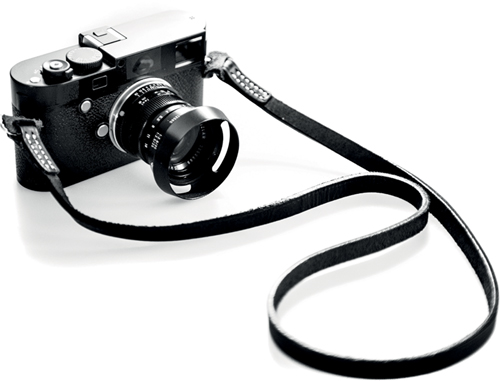
Introduction
What you are holding is a book about Leica M-series cameras, yet it doesnt go into detail on the various camera types, models, and functions. This is pretty unusual!
The aim of this book is to communicate to you, the reader, the endless fun I have had during more than 30 years of shooting with Leica M cameras, and to help you find the same joy and satisfaction using your Leicas.
I have used many models over the years: I began with an M2 then switched to an M3. I initially skipped over the M4 and worked with the M6 for while before backtracking and acquiring an M4 as a backup body. I tried the M7, loved the MP, tested the Digital M8, and now shoot using an M9 and the M (Typ 240). If you are technically minded, you are probably thinking these cameras are not really comparable: some are analog, some digital; some have a built-in exposure meter while others dont; and they even include a mix of APS-H and full-frame sensors. A debate about the relative merits of all these features could fill many an evening.
But this book is about the technical features these cameras share, and most of all about the effect these features have on the photos they produce. Nearly all the lenses Leica has ever produced fit all the bodies listed above. All these bodies have a complex base plate that provides access to the cameras recording medium; and they are all mirrorless, about the same size, and can be used with Leicas Bright-line viewfinders. This last item is what makes a Leica so special. One could argue whether using such an optical/mechanical masterpiece makes sense in the digital age. After all, every Micro Four Thirds camera has an electronic viewfinder that displays 100 percent of the image area so you dont have to guess how the framing will look in the image you capture. The Leica M system now offers a separate electronic viewfinder, although this makes virtually no difference to this books central message.
As a professional photojournalist and documentary photographer, I work with whichever tools are necessary to fulfill my clients wishes. I use DSLRs and multi-megapixel cameras whenever the job or the client demands it. I use super-wide-angle lenses, ultra-long telephotos, macro lenses, and flash.
It is the aspects of photography that are close to my heart that I want to talk about. No, I dont mean flower or landscape photographyI am talking about the aspects of photography that deal with people, which allows me to enter different worlds.
But let me begin by telling you about myself. I was given my first camera on my twelfth birthday. I was terribly disappointed because I really wanted a sports watch like the ones all my classmates had at the time. In addition to the camera, I was also given a book on photojournalism that, after an initial period of disdain, actually provided me with inspiration for many years to come. As my interest in photography grew, I acquired new cameras, practiced in my darkroom, started a photo club at school, and, in my free time, began to take photos for a local daily newspaper. My interest in photography varied up to the time I finished school and began studying medicine. To finance the soft-top VW Beetle that I so desperately needed to continue my studies, I began a side project I called paid photojournalism. I devoured many books, newspaper articles, and magazines on the subject, and I shot endless numbers of photos. Never having formally studied photography, I learned everything I know from studying the media, reading countless books, and visiting many, many exhibitions. I now also use the opportunities presented by the Internet to study images and documentary coverage of all kinds of events. I have never been particularly attracted by big names. Rather, my guiding light has always simply been the images that I like. I only found out later which of these were created by masters of the genre.


